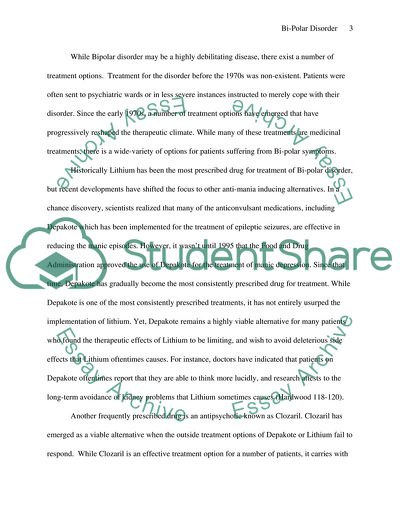Cite this document
(Mania and Bipolar Disorder Research Paper Example | Topics and Well Written Essays - 1250 words, n.d.)
Mania and Bipolar Disorder Research Paper Example | Topics and Well Written Essays - 1250 words. https://studentshare.org/medical-science/1738650-mania-and-bipolar-disorder
Mania and Bipolar Disorder Research Paper Example | Topics and Well Written Essays - 1250 words. https://studentshare.org/medical-science/1738650-mania-and-bipolar-disorder
(Mania and Bipolar Disorder Research Paper Example | Topics and Well Written Essays - 1250 Words)
Mania and Bipolar Disorder Research Paper Example | Topics and Well Written Essays - 1250 Words. https://studentshare.org/medical-science/1738650-mania-and-bipolar-disorder.
Mania and Bipolar Disorder Research Paper Example | Topics and Well Written Essays - 1250 Words. https://studentshare.org/medical-science/1738650-mania-and-bipolar-disorder.
“Mania and Bipolar Disorder Research Paper Example | Topics and Well Written Essays - 1250 Words”. https://studentshare.org/medical-science/1738650-mania-and-bipolar-disorder.


